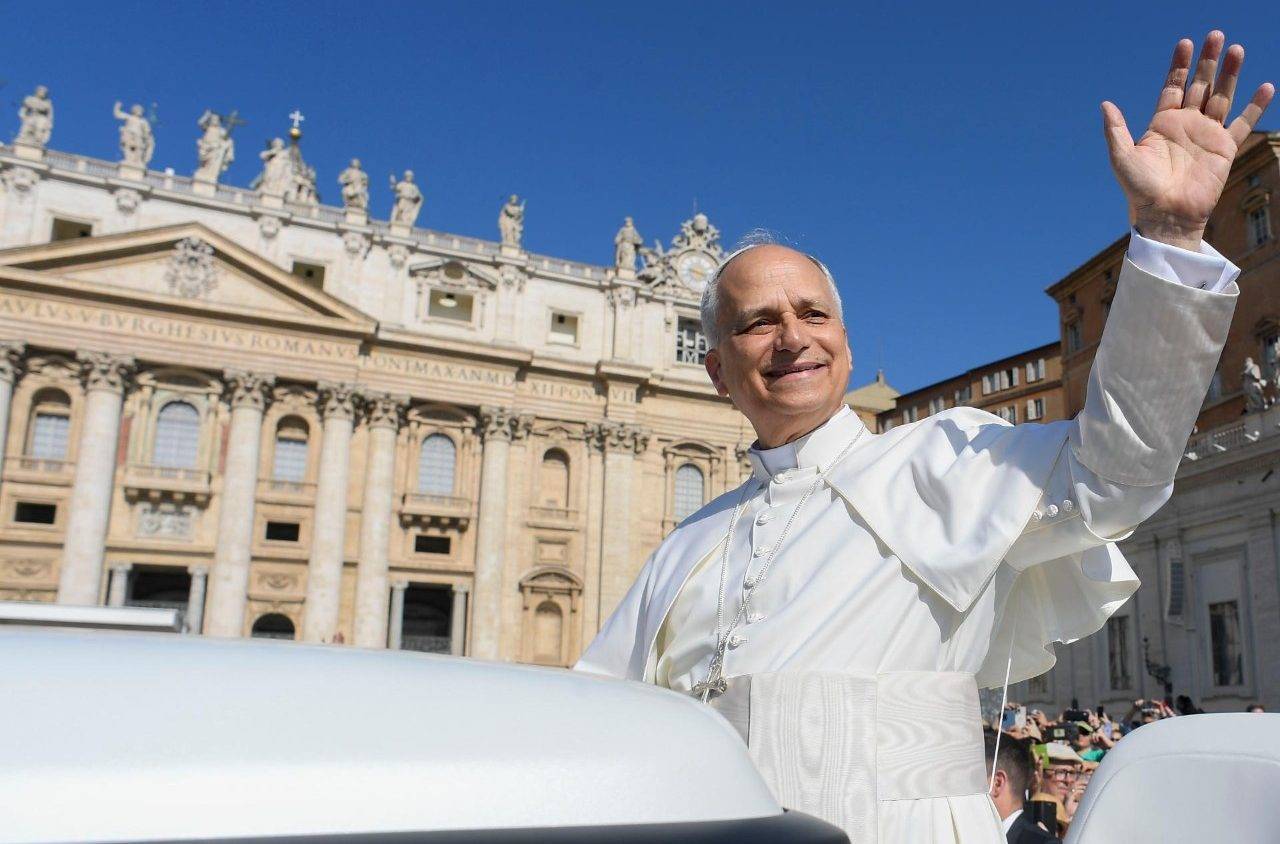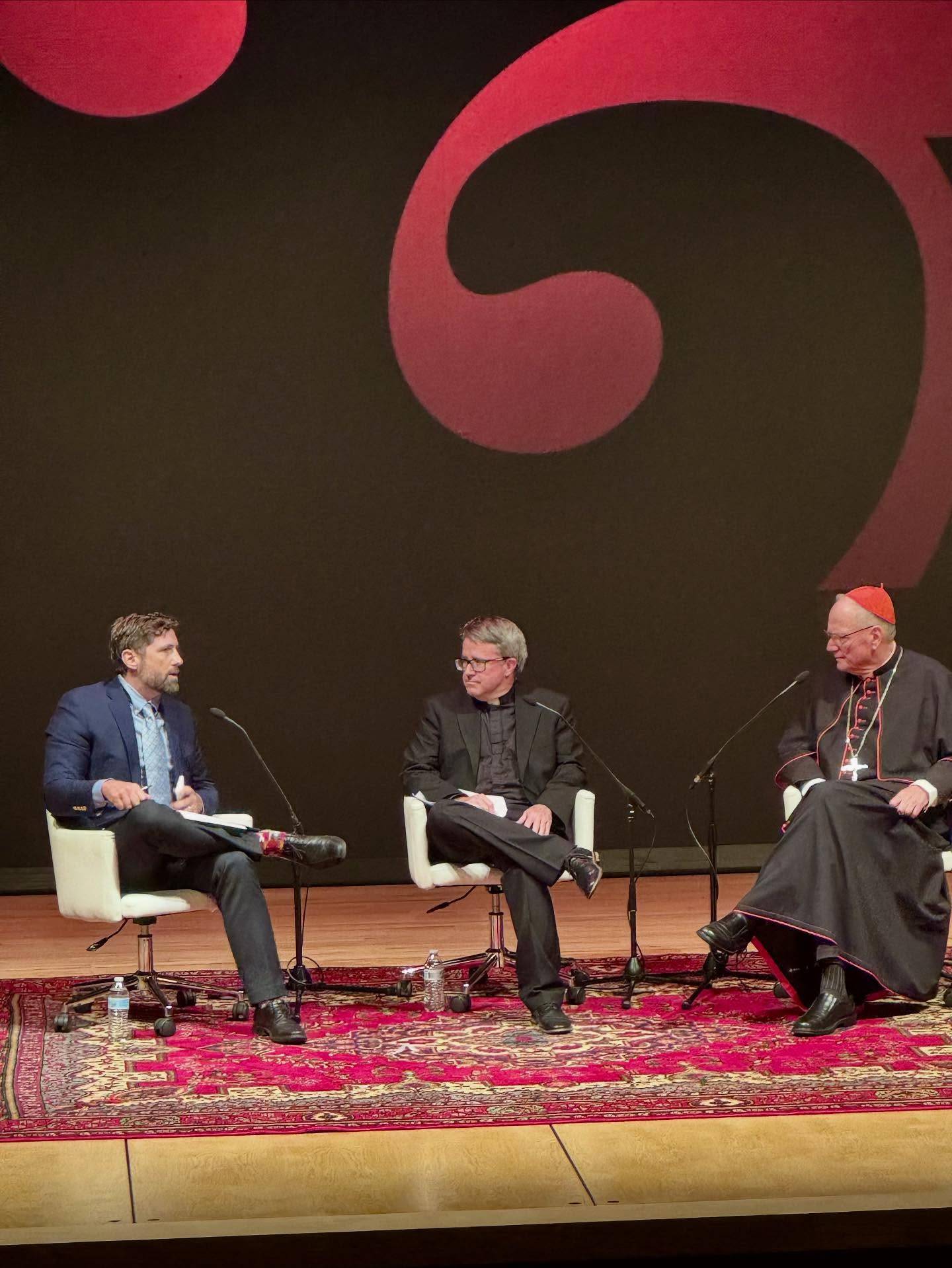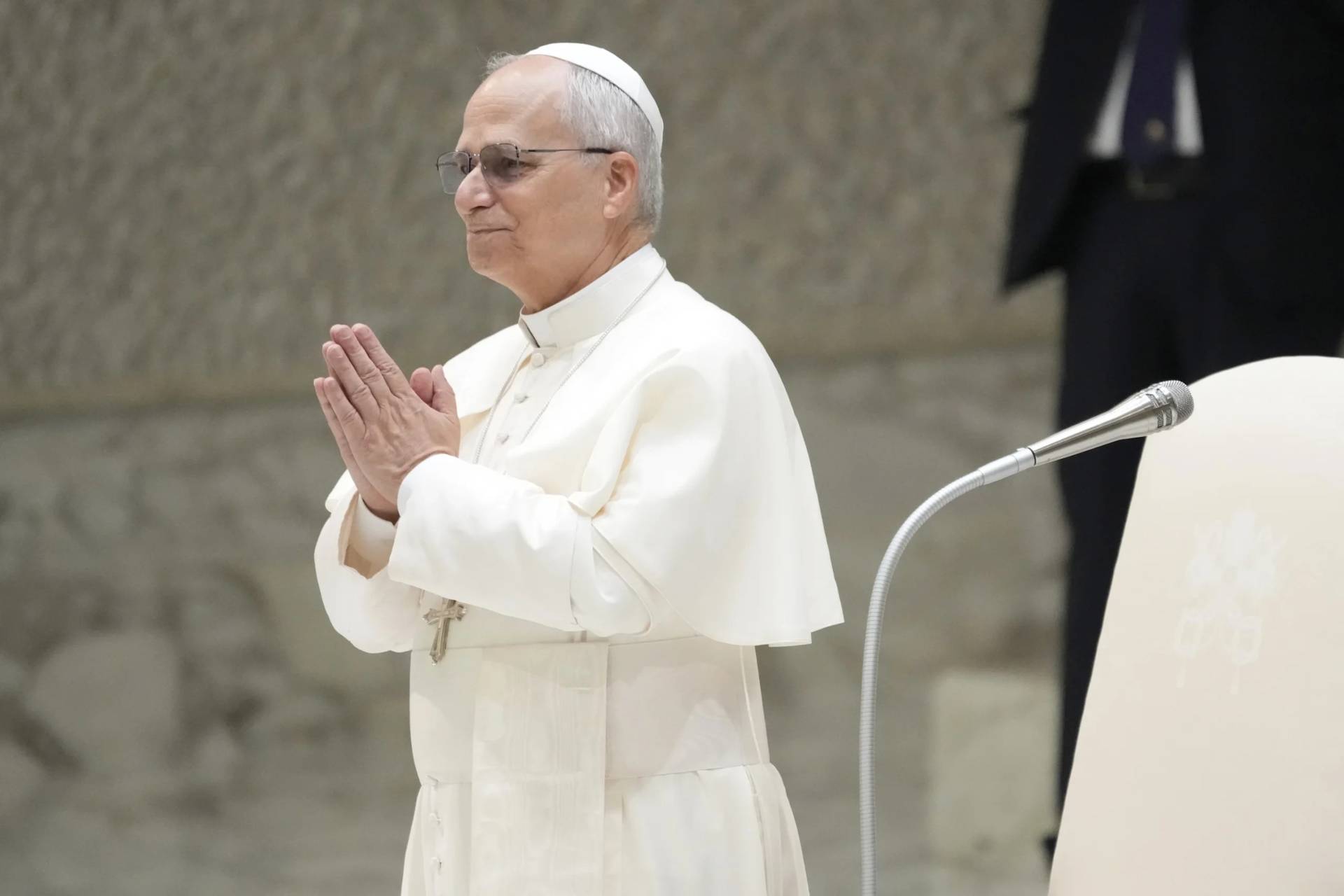ROME – Two things happened in Italy over the weekend, one of which was big, loud and widely covered, the other small and essentially unnoticed. Taken together, they illustrate something about the Church’s silent political and cultural impact, as opposed to its noisy public advocacy.
We’re not talking here about bishops’ statements, press conferences or papal encyclicals. Instead, this is about the effect over time on a culture of the Church’s daily life, a bit like the Colorado River once cut through layers of rock over centuries to carve out the Grand Canyon.
On Saturday, Italian Deputy Prime Minister Matteo Salvini hosted a major rally in Milan ahead of European elections next week, joined by Marine Le Pen, leader of France’s Nationalist Party, and a slew of other far-right, anti-immigrant political forces from 11 countries, including Germany’s Alternative for Germany (AfD) and the Dutch anti-Islam Freedom Party (PVV).
Right now, polls show Salvini’s populist alliance poised to gain either the third or fourth largest number of seats in the European Parliament, though that number could go up if Hungarian Prime Minister Viktor Orban’s Fidesz party decides to sign on. That’s entirely possible, since Orban has hailed Salvini as “the most important person in Europe today.”
Salvini, who’s frequently jousted with the leadership of the Church, presented himself Saturday as a defender of Europe’s Christian identity, citing St. John Paul II, Pope emeritus Benedict XVI, and Cardinal Robert Sarah, as well as Alcide De Gasperi, a devout Catholic and one of the founders of the European Union who’s currently a candidate for sainthood. He also brandished a rosary, earning a rebuke from the newspaper of the Italian bishops’ conference on Monday: “Rosaries should be used for prayer, not rallies.”
For the record, when Salvini mentioned Pope Francis, the crowd booed.
Salvini’s stock in trade is an “Italy for the Italians” appeal, suggesting that migrants, refugees and other foreigners are alien, dangerous, and incompatible with the culture.
The day after Salvini’s jamboree, I went to Sunday Mass at the tiny church in my neighborhood in Rome, located near St. Peter’s train station at the end of a road that winds up a small hill. Historically, the neighborhood was home to kiln workers who baked the bricks used to build the Papal States, and as late as the early 20th century smokestacks dominated the skyline. Today, it’s a middle-class residential area featuring a fairly typical cross-section of Italian life.
Our Church of the Immaculate Queen of Peace is the headquarters of the Silenziosi Operai della Croce, the “Silent Workers of the Cross,” an association of consecrated lay men and women inspired by Blessed Luigi Novarese, a 20th century Italian priest who worked in the Vatican’s Secretariat of State under the future St. Pope Paul VI and founded a number of organizations devoted to the care of the sick and suffering.
What struck me about Sunday’s Mass was that everyone on the altar was a person of color. The celebrant was a young priest from Cameroon, the concelebrant was an elderly retired priest from Nigeria, and the deacon serving the Mass was an African too. For that matter, the Prayers of the Faithful were read by an African consecrated woman and the music was provided by Africans.
That may not seem terribly remarkable given the demographics of the Catholic Church these days, with almost three-quarters of the world’s 1.3 billion Catholics coming from outside the West, but I promise you, it’s an arresting image in Italy.
Consider that Italy has never had a Prime Minister or a Foreign Minister of color, and, for that matter, has never had a senior government official of color of any sort other than Cécile Kashetu Kyenge, an immigrant from Congo who served briefly as the Minister for Integration in 2013-14. During that span, by the way, a prominent leader of Salvini’s party publicly referred to her as an “orangutan.”
Similarly, there are no titans of industry in Italy who are persons of color, and no pop culture celebrities. Italians do often see prominent persons of color on the soccer field, but in a county where soccer is the civil religion – like Caesar’s Gaul, Sundays here are divided in three parts: Mass in the morning, lunch in the middle of the day and soccer games in the afternoon – the blowback can be shocking.
European football’s anti-discrimination watchdog FARE recently declared that Italian soccer is suffering an “epidemic” of racism, citing, among other things, racist taunts directed at Juventus striker Moise Kean, an Italian national whose parents immigrated from Ivory Coast.
In such a climate, just about the only setting in which Italians have any experience of persons of color in leadership roles, in a setting in which that seems absolutely normal and uncontroversial, is the Catholic Church.
On Sunday, Father Andrea, our celebrant from Cameroon, delivered an impromptu homily in flawless Italian and then led our small community of roughly 30 souls in celebrating the central sacrament of Catholic life. White Italians and persons of color mixed seamlessly, with no sense of astonishment at all.
At a higher level, the leadership of the Catholic Church in Italy, as well as the Vatican, have openly resisted Salvini’s anti-immigrant policies in a far more explicit (and divisive) fashion. When Salvini closed Italy’s ports to ships carrying migrants and refugees earlier this year, for instance, Cardinal Gualtiero Bassetti of Perugia, president of the powerful Italian bishops’ conference, issued a sharp rebuke.
“The number of boats disembarking in Italy has gone down, but deaths have gone up, and every such death is an offense against the entire human race,” he said.
In all honesty, it’s an open question how much difference such advocacy has made. Right now, opinion polls in Italy show that Salvini’s Lega party has the highest support of any political faction in the country, eight points ahead of its coalition partner in the Five-Star Movement.
Yet at the grassroots, silently and without any fuss, the daily practice of the Catholic Church in Italy is a sign of contradiction. Up and down this country, you’ll find priests and religious from Africa, Asia and Latin America leading faith communities, heading Catholic organizations and otherwise showing that “the other” can not only survive in this culture but thrive.
We’ve been talking about Italy, but the same point applies anywhere that forces of exclusion arise. Without even really trying, the Church usually stands as an alternative model … and, like the Colorado River, it may take a while to see visible results, but underneath the surface it’s steadily cutting through the rock.

















